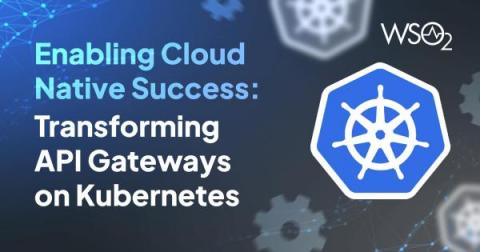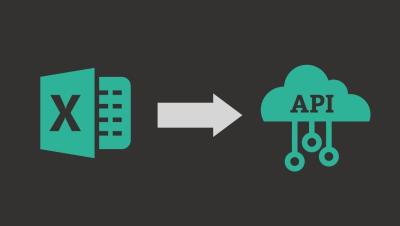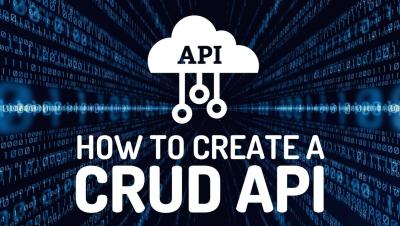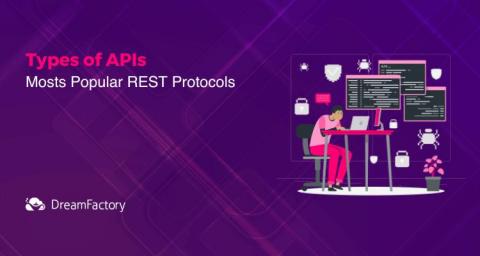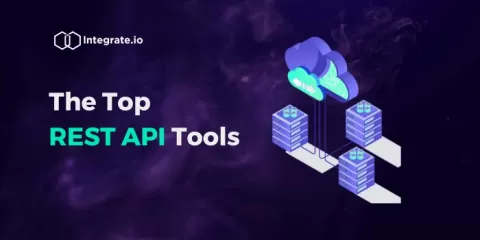The Future of API Gateways on Kubernetes
The exponential growth of the Internet and cloud computing has given rise to applications that are smaller, more distributed, and designed for highly dynamic environments capable of rapidly scaling up or down as needed. These applications have pushed the demand for modern API management product architectures that can leverage cloud native capabilities to achieve scalability, resilience, agility, and cost efficiency.


